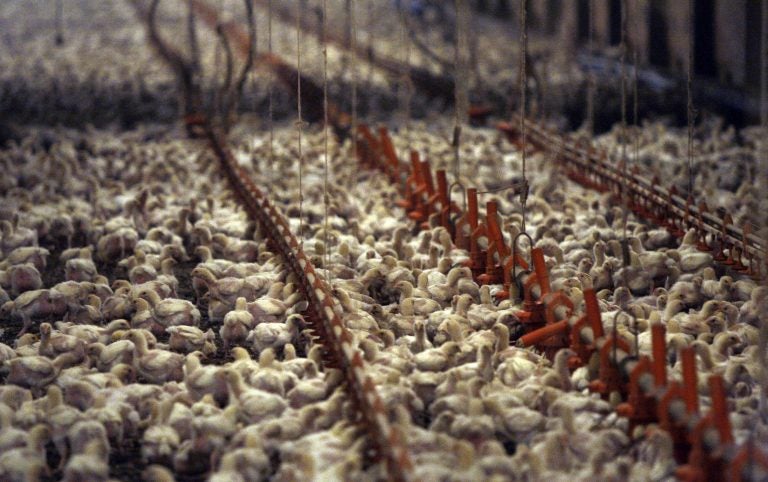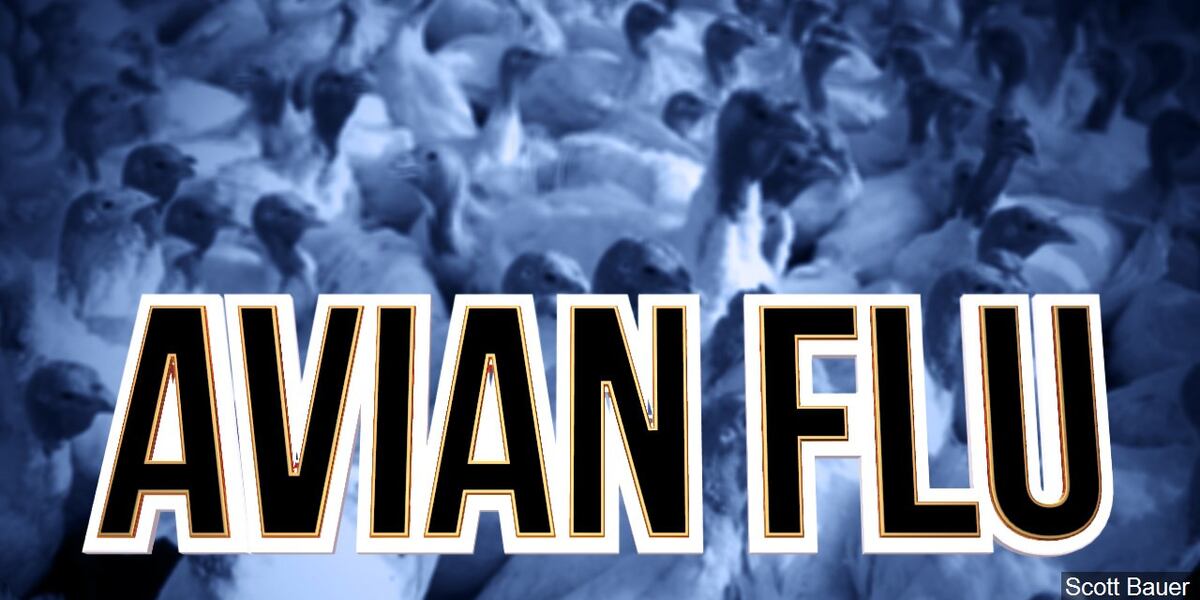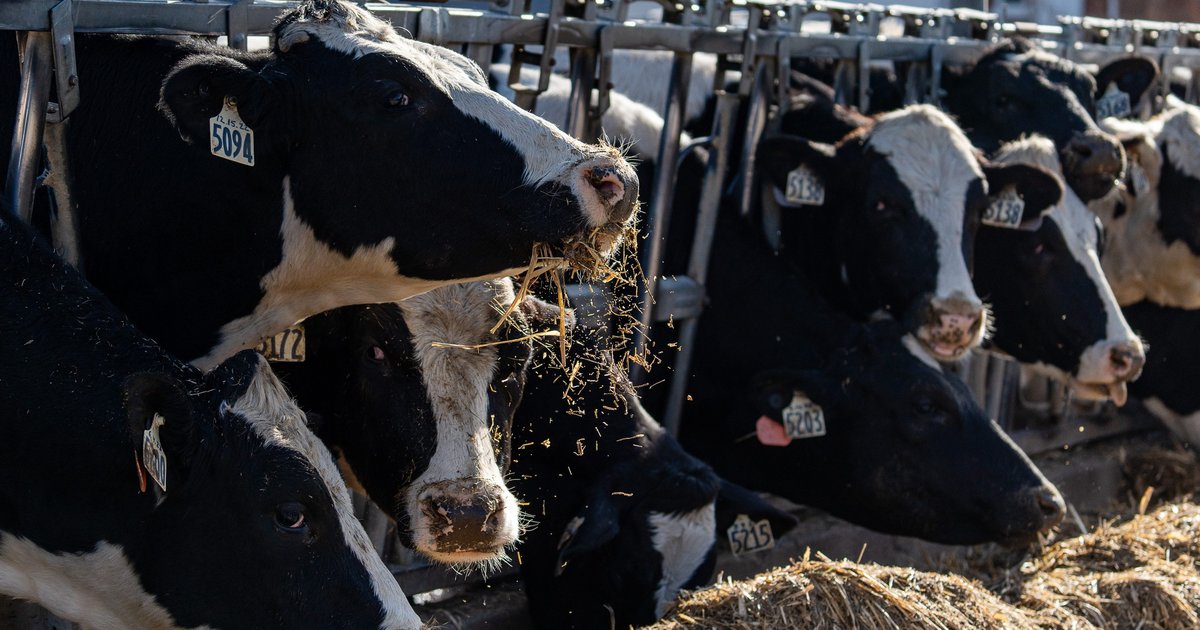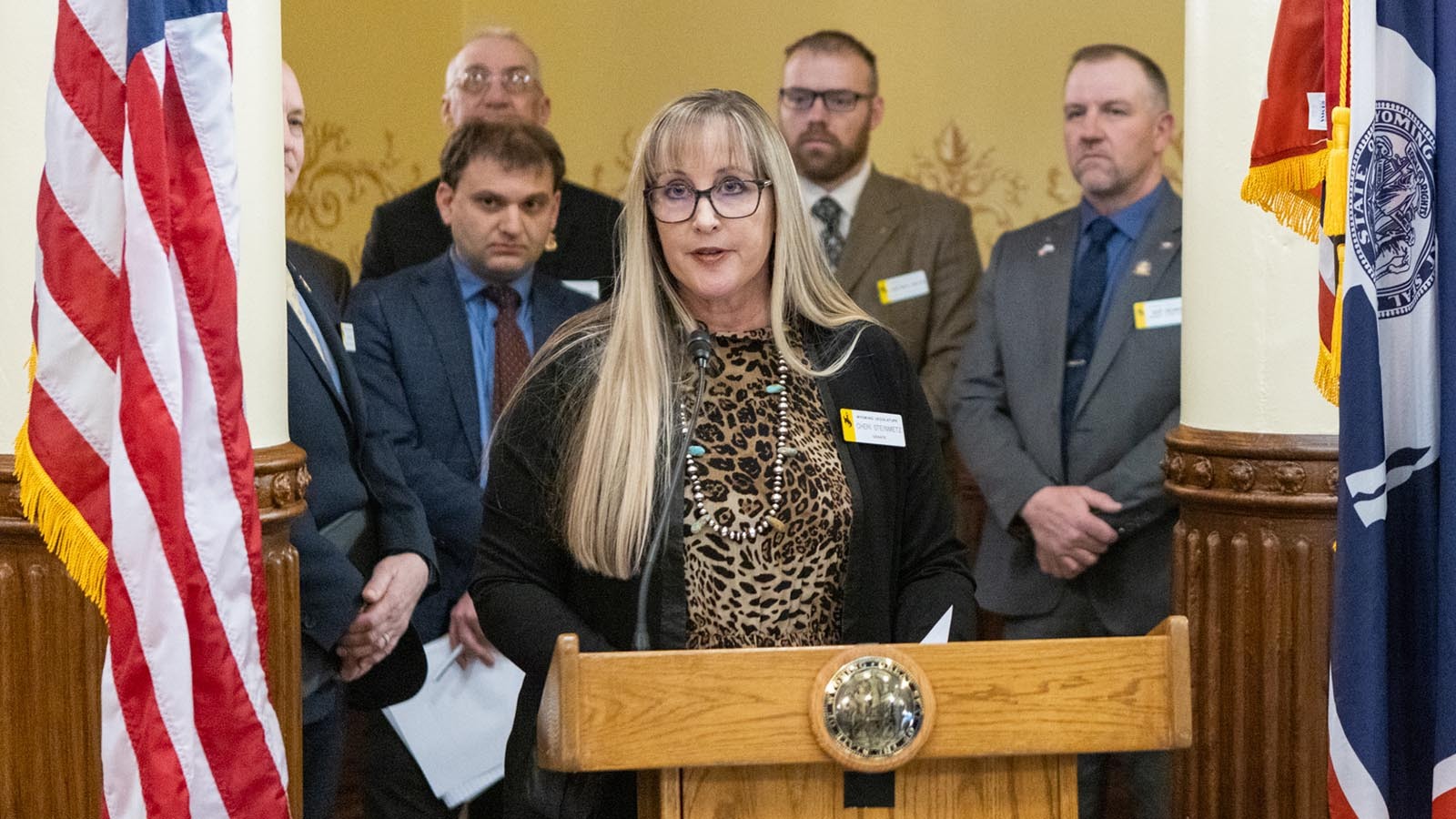California
Avian Flu infects flock of endangered California Condors

SAN DIEGO (KGTV) — The strain of avian flu that has killed millions of birds across the country is now beginning to devastate one of the flocks of endangered California Condors.
The United States Fish and Wildlife Service tells ABC 10News that 21 of the roughly 100 birds that make up the Arizona flock have died from the virus. That’s approximately 6% of the total wild California Condor population.
“I’m very worried. These are the things that keep you up at night,” said Ashleigh Blackford, the California Condor Coordinator for USFWS.
Attempts have been made by teams in the field to capture and test wild birds. Some birds which tested positive were taken into quarantine, but such measures are not possible for the entire wild population.
A bird flu vaccine, which was created for a previous strain, is now being tested on black vultures. Another vaccine trial on California Condors at the San Diego Zoo Safari Park is expected to begin in July.
Bill Toone, who helped start the California Condor conservation effort and spent years in the field, says the events of the past few months are devastating, extending his sympathy to those currently working to save the majestic birds.
“I more than once held a dying condor in my arms. When you pour your life and your days and your heart into something like this and watch that life slip away, it’s pretty tough,” Toone said.
Toone says he’s optimistic, pointing out that when he began working with condors decades ago, an outbreak such as this would have driven the species into extinction. He now hopes the wild population is resilient enough to survive.
However, there are concerns that when the fall migration season begins, the virus will spread from the Arizona flock to the other wild California Condor flocks, located in Central California, Baja California, and Northern California.
“It sort of feels like it’s just a matter of time and hopefully we’re just better prepared and the condors are healthy,” Blackford said.

California
California Winds Drive Severe Fire Danger in Rain-Starved LA

(Bloomberg) — Exceptionally powerful, dry winds expected across Southern California this week are set to send wildfire risk skyrocketing in a region that’s endured more than eight months without significant rain.
Most Read from Bloomberg
Forecasters predict the strongest Santa Ana wind event of the season will start Tuesday and extend late into the week. As offshore winds race down local mountain ranges, they’ll bring gusts of up to 80 miles (129 kilometers) per hour to densely-populated communities in Los Angeles and Ventura counties, putting more than 4.5 million residents at risk, according to the US Storm Prediction Center. Downtown Los Angeles hasn’t seen more than a half-inch of rain since April, according to National Weather Service data.
“This is one of those patterns that make the hair stand up a little bit,” said climatologist Daniel Swain at the University of California Los Angeles, who called the event an “atmospheric blow dryer.” The winds, he said Monday, would be strong enough to topple trees and power lines, block roads, trigger blackouts and cancel flights at airports. “This will probably affect more people more substantially than a major rainstorm.”
In a post on X Monday, forecasters for the National Weather Service in Los Angeles warned of “life-threatening, destructive” winds in areas not typically affected by Santa Ana events. Some of the region’s most affluent and exclusive communities — such as Beverly Hills and Malibu — are included.
In some mountain passes and foothill communities, gusts could reach 100 mph, drying the air and pushing humidity levels as low as 4%, said Nick Nauslar with the US Storm Prediction Center.
“That’s going to continue for two, three, perhaps four days,” said Nauslar, the center’s fire weather science and operations officer. With this combination of factors, he said, “you’re getting into the upper echelon of Santa Ana wind events in the last couple decades.”
Months without rain have parched the Southern California landscape, leaving dry grasses, shrubs and trees that can fuel wildfires. The amount of moisture stored inside local vegetation — which can prevent it from burning — is now “well below normal and approaching record low for this time of year,” Nauslar said.
Red flag fire warnings have been issued for much of the Los Angeles area and its suburbs. But high winds will extend far beyond the city, with strong gusts expected from Shasta County in far northern California all the way to the Mexican border. Wind advisories were also posted for the hills above the San Francisco Bay Area wine country, which has suffered a series of devastating fires in recent years.
California
California Continues Targeting Food Additives, Dyes With Executive Order on Ultra-Processed Foods

California Governor Gavin Newsom has issued an executive order that mandates state agencies explore the food safety of ultra-processed foods, food dyes, and “generally recognized as safe” (GRAS) ingredients, and recommend actions to mitigate the adverse health effects.
The executive order characterizes ultra-processed foods and ingredients as “industrial formulations of chemically modified substances extracted from foods, along with additives to enhance taste, texture, appearance, and durability, with minimal to no inclusion of whole foods.” Common examples include packaged snacks, chips, crackers, cookies, candy, sugary beverages, and highly processed meats like hot dogs and lunch meats. It also calls attention to the myriad chemicals, such as food colorants, authorized for food use in the U.S., claiming that more than 10,000 such substances are currently present in the U.S. food supply, in comparison to the 300 authorized for use in the EU.
Many food chemicals enter the nation’s food supply through the U.S. Food and Drug Administration’s (FDA’s) GRAS process, which lawmakers and scientists have criticized as a “loophole” allowing potentially toxic additives in food. In a recent article by Harvard medical and law experts, the authors called GRAS a “laissez-faire approach to monitoring the safety of ingredients” that poses a threat to public health.
In this context, California has passed several precedent-setting pieces of state legislation on chemical food additives and colorants in recent years, such as the California Food Safety Act and the California School Food Safety Act.
Continuing state efforts to crack down on chemical food additives, Gov. Newsom’s latest executive order includes, but is not limited to, the following mandates:
- No later than April 1, 2025, the California Department of Public Health (CDPH) will provide recommendations to the Governor’s office regarding potential actions to limit the harms associated with ultra-processed foods and food ingredients that pose a public health risk (e.g., the inclusion of warning labels on certain ultra-processed foods)
- The Office of Environmental Health Hazard Assessment (OEHHA), in consultation with CDPH, will investigate the adverse human health impacts of food dyes, and provide a briefing to the Governor’s office no later than April 1
- No later than April 1, CDPH and OEHHA will report to the Governor’s office on the feasibility of state-level evaluation of food additives considered GRAS, as well as state actions that can be taken if companies fail to notify FDA of certain food additives through the GRAS process
The executive order also includes actions aimed at decreasing the purchase of ultra-processed foods; increasing access to healthy foods; and improving the nutrition of and increasing the amount of fresh, local-grown ingredients used in California school meals.
Some groups have previously criticized California’s approach to food additives regulation for leading the charge on an emerging patchwork of state regulations, however. For example, prior to the passage of the California School Food Safety Act, the Consumer Brands Association (CBA) stated, “[The bill] sets a dangerous precedent for state politicians to substitute their own views on food safety ahead of the scientists and risk-based review system that stringently protects America’s food supply. Americans deserve unified guidance that follows the science, not a patchwork of confusing laws.”
California
High wind warning for California for Tuesday and Wednesday, according to the NWS
-

 Health1 week ago
Health1 week agoNew Year life lessons from country star: 'Never forget where you came from'
-
/cdn.vox-cdn.com/uploads/chorus_asset/file/24982514/Quest_3_dock.jpg)
/cdn.vox-cdn.com/uploads/chorus_asset/file/24982514/Quest_3_dock.jpg) Technology1 week ago
Technology1 week agoMeta’s ‘software update issue’ has been breaking Quest headsets for weeks
-

 Business6 days ago
Business6 days agoThese are the top 7 issues facing the struggling restaurant industry in 2025
-

 Culture6 days ago
Culture6 days agoThe 25 worst losses in college football history, including Baylor’s 2024 entry at Colorado
-

 Sports6 days ago
Sports6 days agoThe top out-of-contract players available as free transfers: Kimmich, De Bruyne, Van Dijk…
-

 Politics4 days ago
Politics4 days agoNew Orleans attacker had 'remote detonator' for explosives in French Quarter, Biden says
-

 Politics4 days ago
Politics4 days agoCarter's judicial picks reshaped the federal bench across the country
-

 Politics2 days ago
Politics2 days agoWho Are the Recipients of the Presidential Medal of Freedom?



















